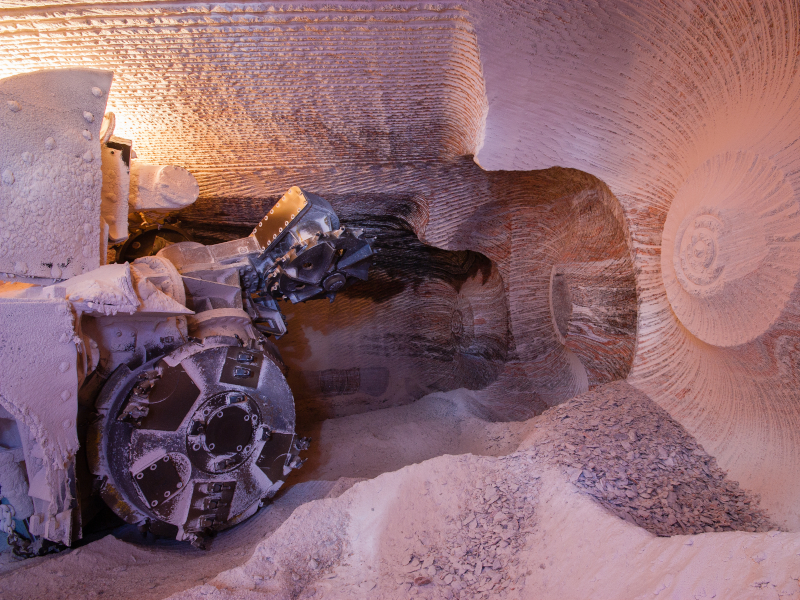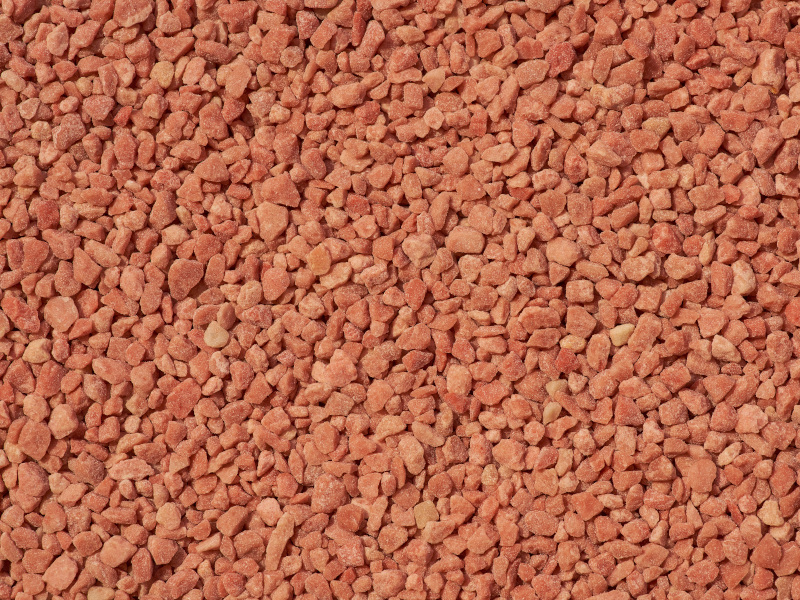The Khemisset potash project is a low-cost and high-margin muriate of potash (MOP) mining project planned to be developed by Emmerson in Morocco.
A feasibility study for the underground mining project was completed in June 2020. With an estimated pre-production investment of approximately £307m ($387m), the Khemisset mine is expected to produce up to 810,000 tonnes per annum (tpa) of saleable K60 granular potash treating approximately six million tonnes of run-of-the mine (ROM) ore a year.
The initial mine life of the project is estimated to be 19 years while significant expansion potential remains to extract additional potash resources particularly in the southwest of the project area.
Project location and geology
The Khemisset potash project is located near Khemisset in Northern Morocco, approximately 90km away from the capital city Rabat, while the port of Mohammedia is located approximately 150km away from the project site. The project is close to the regional town of and benefits from its infrastructure which includes a network of toll roads, and electricity distribution grid.
Project Gallery
The Khemisset potash deposit sits on the Triassic-aged Khemisset sedimentary basin which is formed by the opening of the Mid-Atlantic Ridge (MAR). The basin comprises a sedimentary sequence of early continental red bed deposits including iron-rich sandstones. The evaporitic sequence is primarily composed of halite, gypsum, sylvite, and carnallite.
Mineralisation and resources
The potash mineralisation at the target deposit at Khemisset is hosted varying concentrations mainly in three minerals namely, sylvite, carnallite, and rinneite which are found to be in mixture with halite.
The Khemisset mine was estimated to contain 537Mt of JORC complied resources 9.24% K2O grading 9.24% K2O as of June 2020. The current mine plan, however, is based on only 43% of the total mineral resource estimate.
Khemisset potash mine design
Khemisset will be an underground mine involving two declines including a service decline for facilitating the entry of personnel and machinery, and a production decline for the transportation of extracted ore via a conveyor.
The two parallel declines will be separated 24m apart from each other by a barrier pillar with cross-cuts spaced every 200m along the decline.
The resource blocks will be sub-divided into mining panels and each panel design will comprise three headings with a 6m wide room and 10-20m pillars. Each of the central headings will be equipped with the panel conveyor.
Panel rooms will be developed side by side with each panel measuring approximately 250m- wide and up to 2000m-long. The panels will be separated by an inter-panel barrier pillar and each panel room will serve as an independent production zone.
The major equipment and systems for the underground mine will include continuous miners, shuttle cars, a roof bolt twin-boom installation rig, a feeder breaker, gateroad, and mains conveyors as well as a decline conveyor to surface.
Emmerson has opted to utilise contract mining for the Khemisset potash project.
Mineral processing
The run-of-the-mine ore will be processed via decomposition followed by hot leaching and crystallisation.
The mixed ore with varying concentrations of the three primary potash mineral types will undergo two stages of crushing to a size of 0.4 mm.
The decomposition circuit then combines the mixed crushed ore with recycled brine and freshwater. This process decomposes the solid ore into potassium chloride (KCl) and sodium chloride (NaCl) to produce slurry consisting of a mixture of sylvite and halite.
The slurry is then dewatered and washed through a combination of hydro cyclones and centrifuges to separate the sylvite/halite from the brine. The process also removes any remaining magnesium (Mg) and iron (Fe) impurities from the solids.
The KCl and NaCl solids will undergo leaching for the separation of purified KCl products and NaCl by-products that will further undergo drying, compaction, and sizing. The finished product will be trucked to the Port of Casablanca for export.
Infrastructure facilities for the Khemisset potash project
The A2 highway, which is a very high-quality four-lane toll road, crosses the Khemisset potash project area.
A 225/10KV intake substation will be built at the project site which will be connected to the existing 225KV Rabat-Meknes national grid line through a double overhead 225kV power line. The nearest connection point is less than 15km from the project site.
The other infrastructure facilities for the project will include a tailings storage facility, onsite gas storage facilities, as well as a water reservoir and treatment facilities.
Contractors involved
Golder Associates prepared the feasibility study report for the project while Barr Associates, in collaboration with Global Potash Solutions and the Saskatchewan Research Council, provided the processing circuit design.



